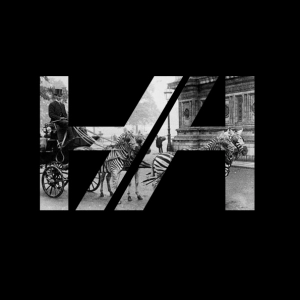Many companies use publicity campaigns to regain customers, promote a new product or to general attract attention, but not many cases end in death and injury to the general public. In 1886 William Crush a general passenger agent for the Katy Railroad who was considered a conservative and solid citizen had the idea of slamming two 35 ton steam locomotives into each other in front of an audience to attract attention to the railroad he worked for. What a brilliant idea I hear you shout, what could go wrong?
Crush decided to build a temporary four mile track 15 miles north of the town of Waco, Texas. In addition a grand stand was constructed for VIP’s, two wells and a circus tent was put up to serve as a dining hall for the large crowds. The actual event was free to watch but because the track was 15 miles from the nearest town almost all the visitors had to use the Katy Railroad which is where the money would be made. The organizers expected 20,000 – 25,000 spectators however on the day of the event, September 15th 1896 the crowds swelled to between 30,000- 40,000! There were so many spectators that political figures decided to use the event as a platform to give speeches and luckily Crush had hired 200 constables to control the crowds.
Before the event there had been discussions about the safety of such an event. It was worried that the boilers which contain boiling water and high-pressure steam could rupture and explode. Crush had consulted with the Katy railroad engineered who had ensured him that the boilers were designed to resist rupture in a high speed crash and would not exploded. With such confidence just after 5pm Crush mounted on a large black horse raised his hat to signal the 35 ton locomotives to begin their charge. The engineers on board each train put the throttles to full and once the locomotives had gained some speed they jumped clear. The engines took only two minutes to close the distance and were traveling at around 60mph. The trains collided almost exactly on the spot which they were expected too, unexpectedly however the boilers of both locomotives exploded firing pieces of metal into the crowd. Ernest Darnell, a teenager was killed when a 10 pound section of brake chain nearly cleaved his head in to, while another chunk of iron hit a local farmer’s daughter which fractured her skull. Other shrapnel wounded many other spectators while steam and hot metal scorched others who hurried towards the wrecks for souvenirs.
Despite the deadly outcome the publicity campaign essential worked. Crush was sacked on the evening of the event in anticipation of the back lash, but the reaction was relatively small and so Crush was reinstated the day after. The event was also immortalized in music by Scott Joplin who wrote ‘The Great Crush Collision.’ Strangely the fondness for train crashes did not end but rather continued with crashes arranged at events such as the 1913 California State Fair, fortunately in this instance the boilers did not exploded and spectators were not killed.
Information and images taken from The Museum of Unnatural Mystery, ‘The Great Texas Train Crash at Crush’, <http://www.unmuseum.org/crash.htm>
Information taken from History Net, ‘Crush’s Locomotive Crash Was a Monster Smash’, < http://www.historynet.com/crushs-locomotive-crash-was-a-monster-smash.htm>







